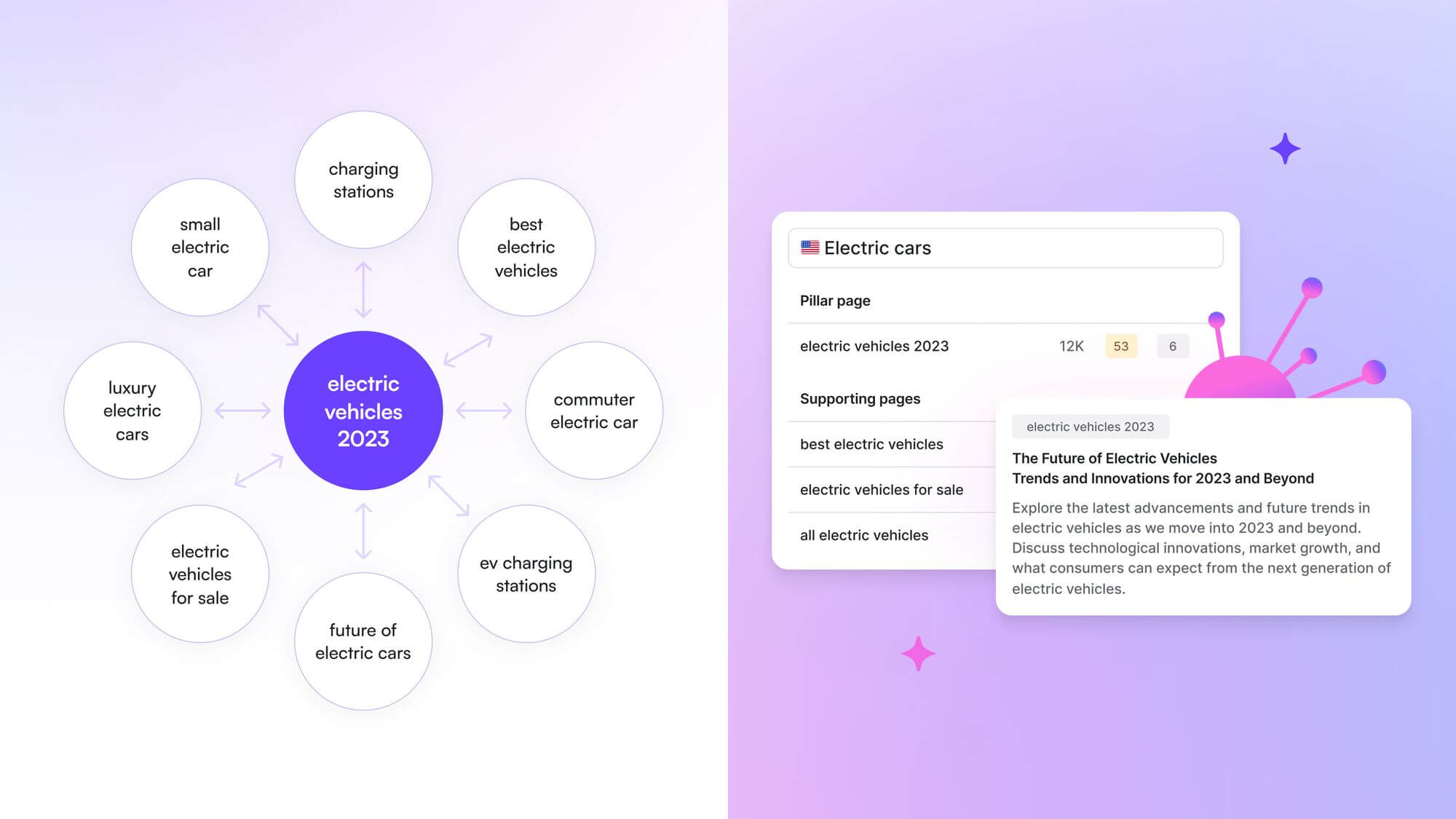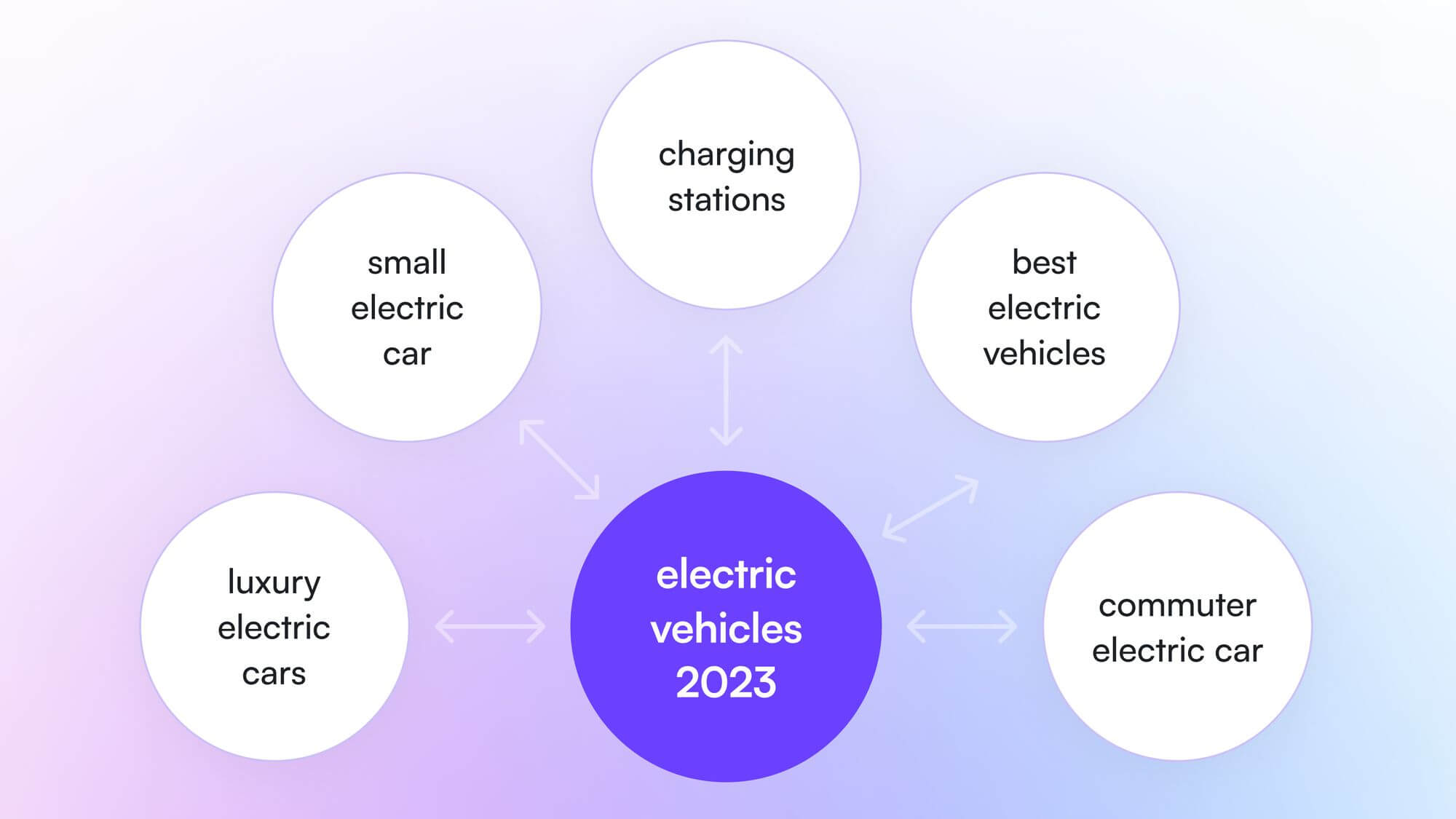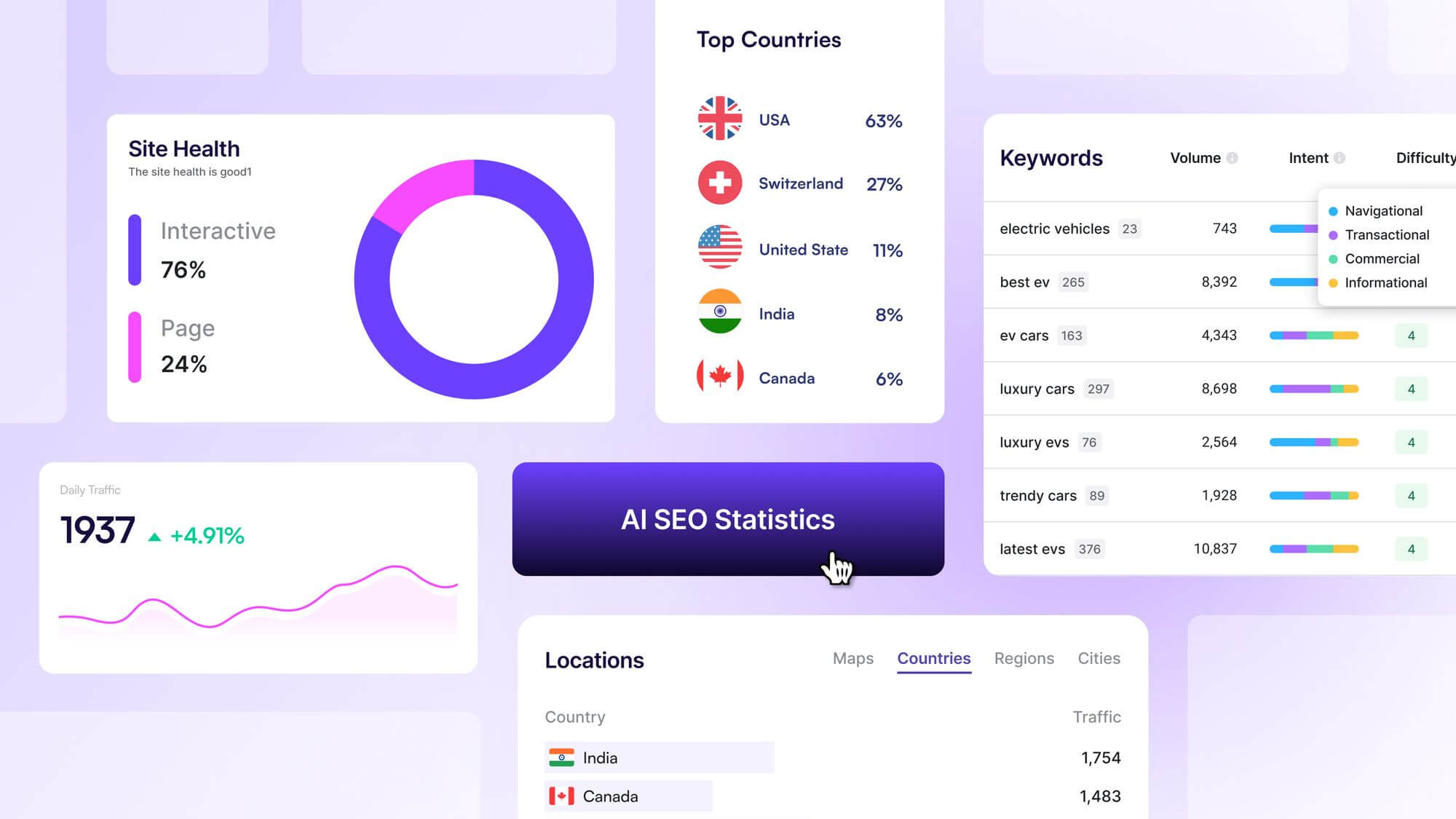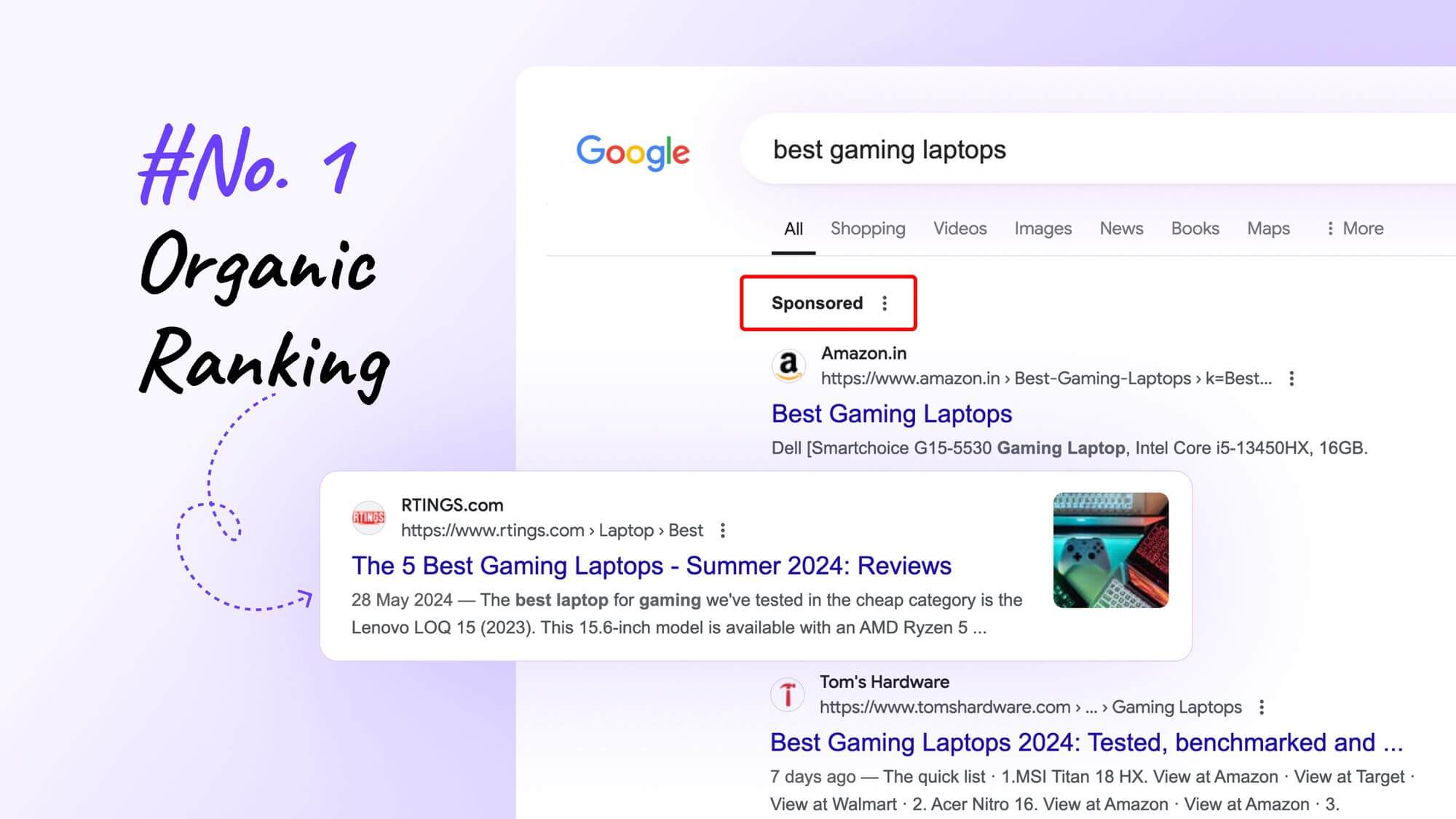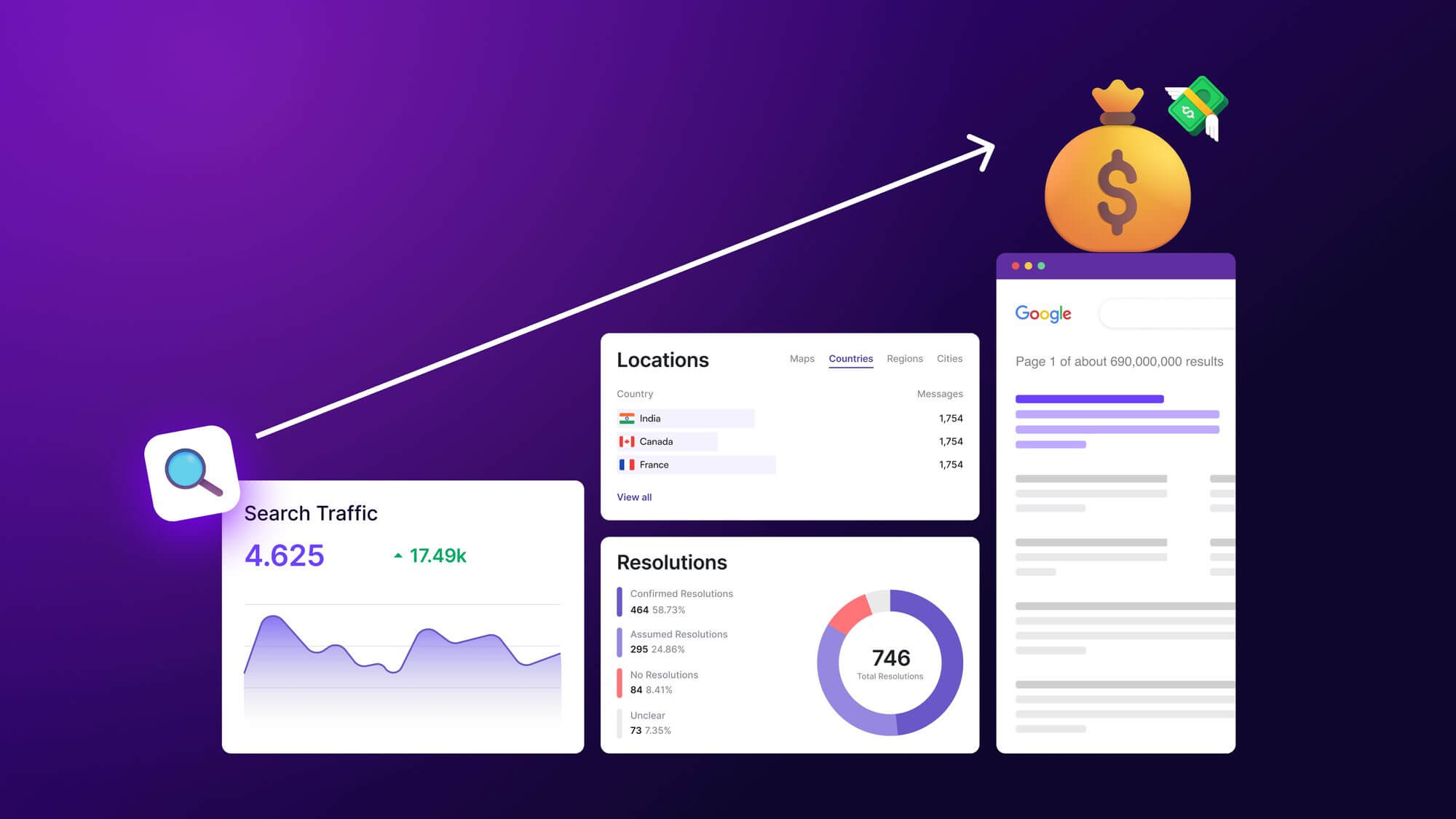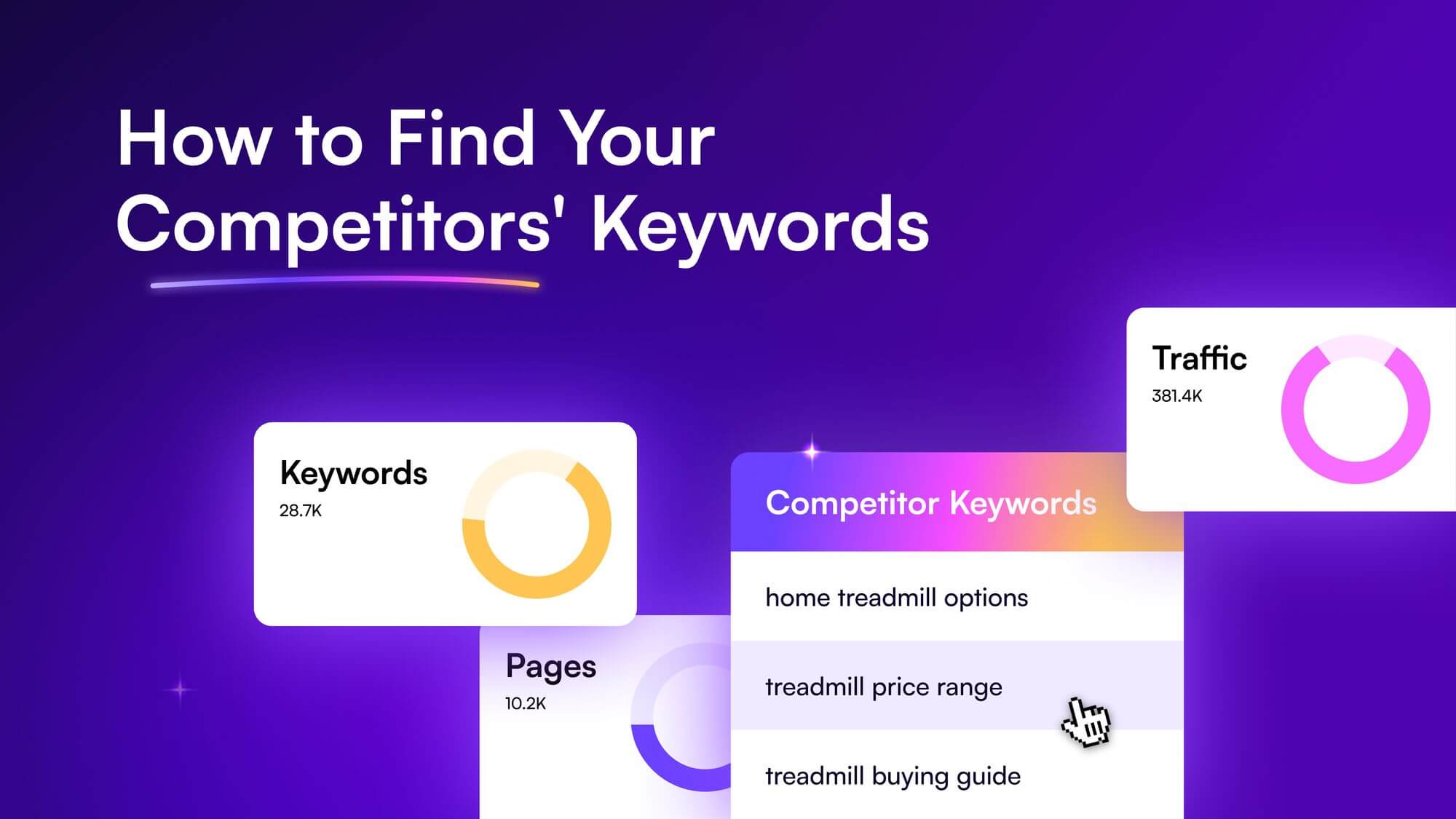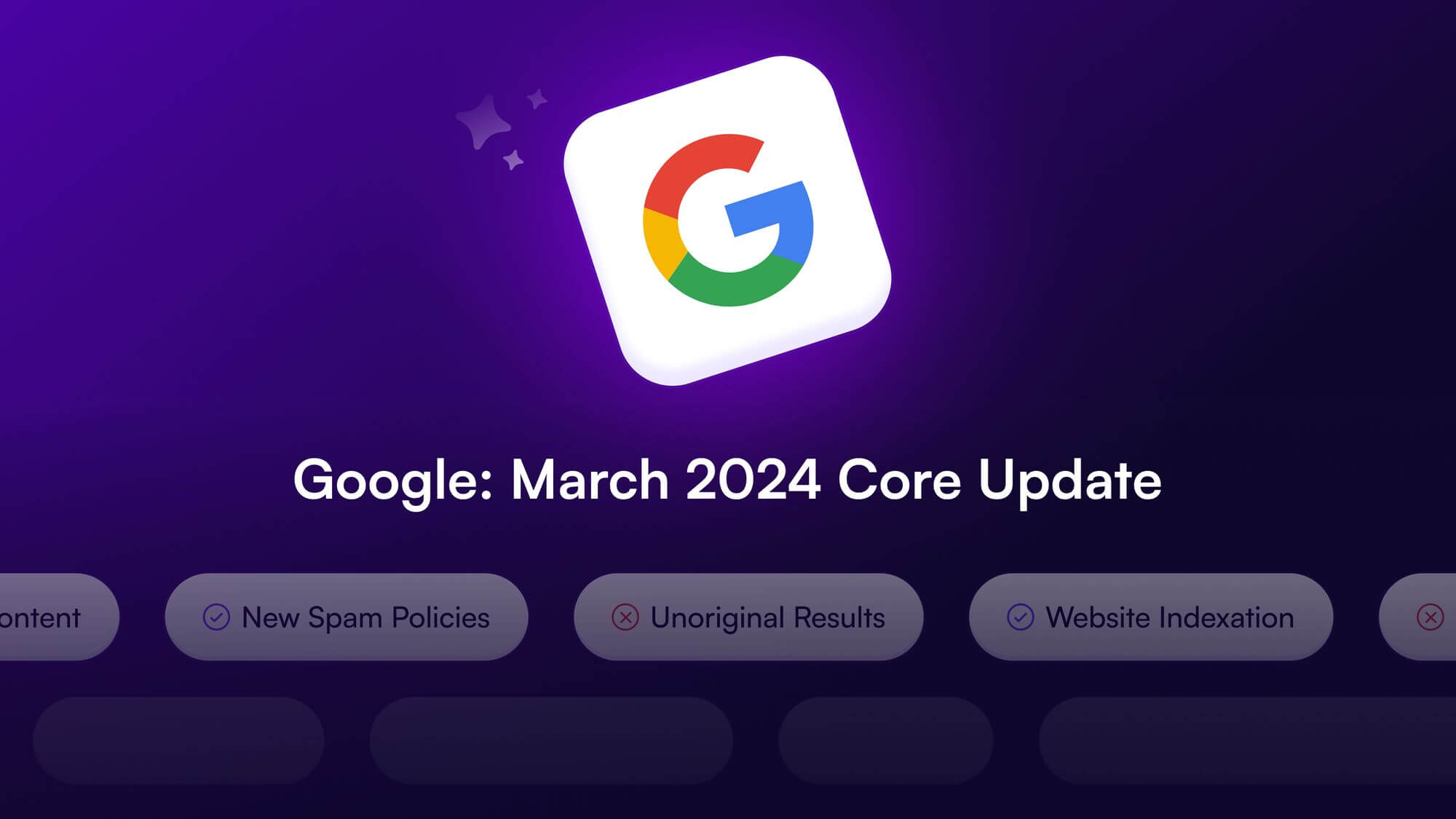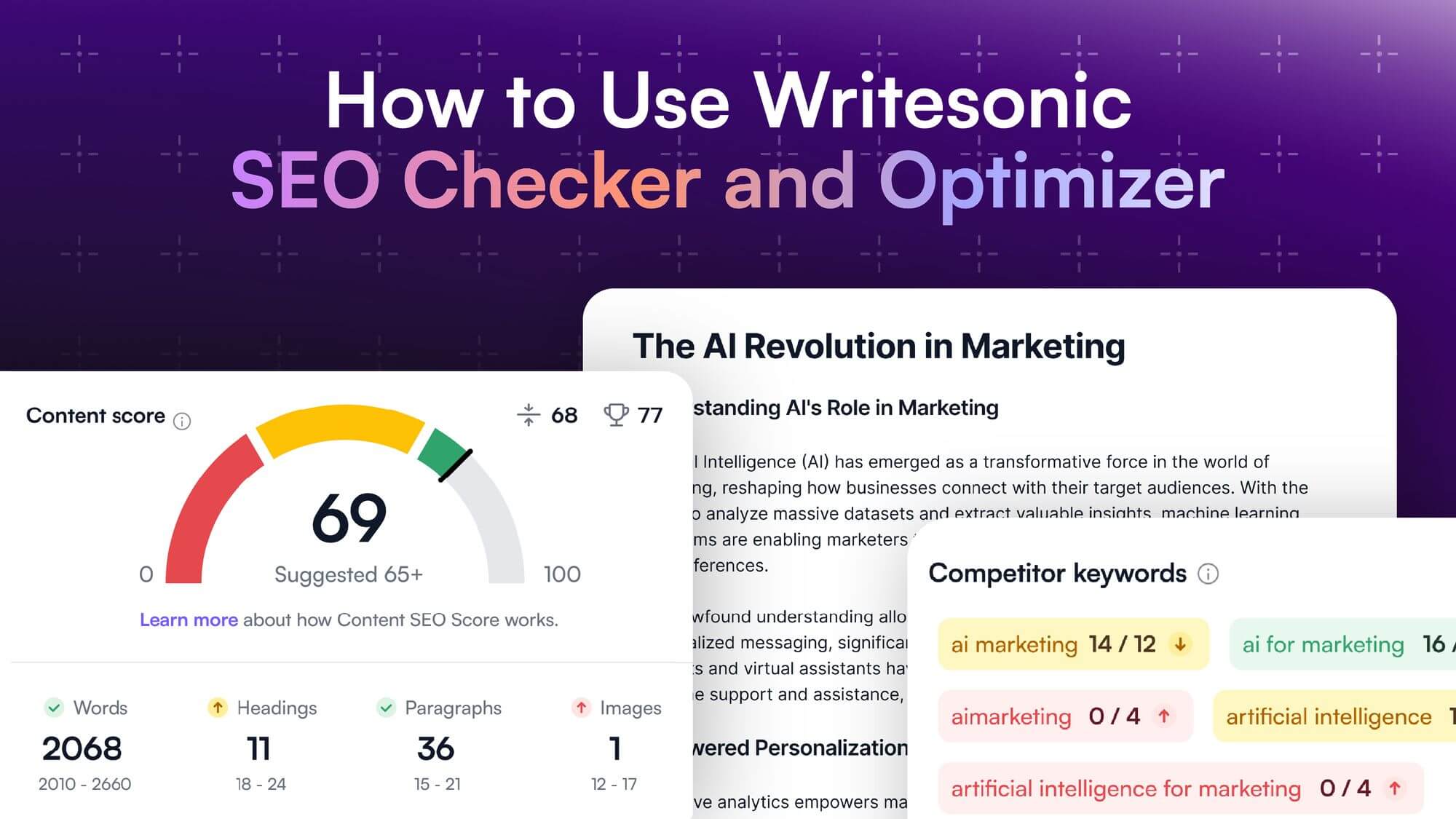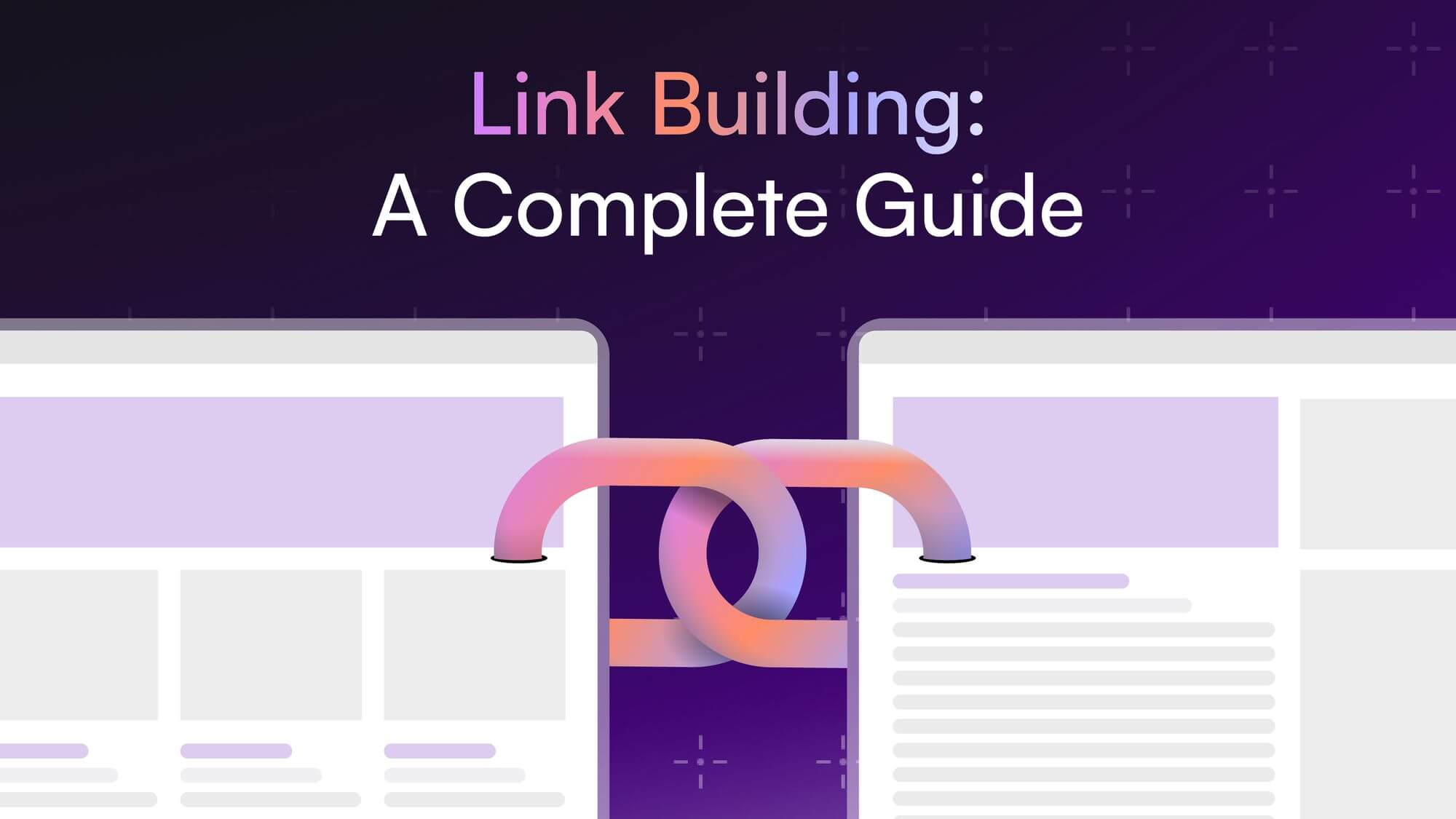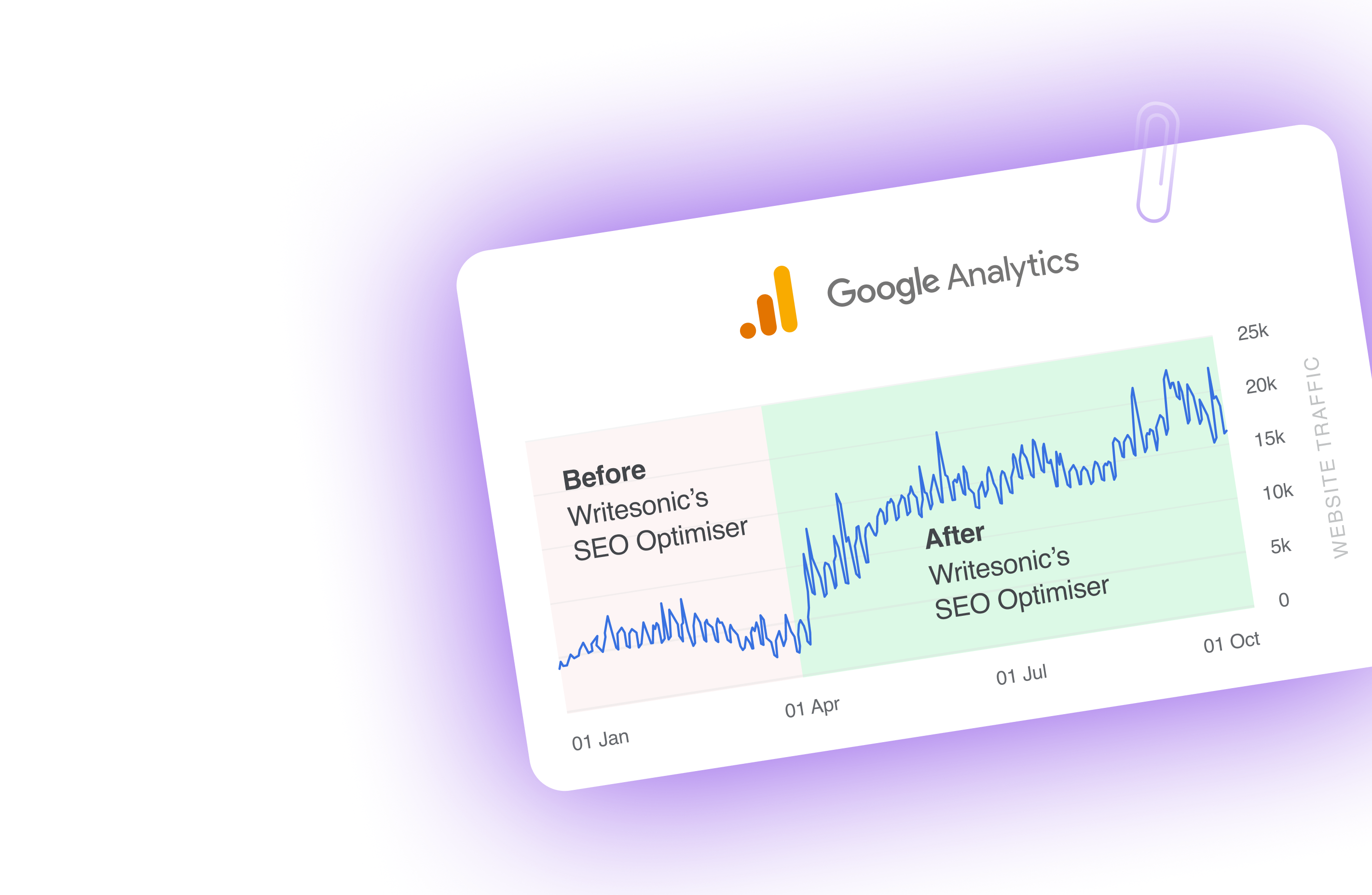Gone are the days of relying solely on individual keywords for ranking on search engines. However, with innovations in all industries and advancements in technology, search engines’ relevance and accuracy have improved a lot.
Today, search engines have become adept at discerning a content’s purpose and target audience. Therefore, it is better to keep control over your narrative.
As website content grows, its structure often suffers. Many website owners publish content without close-knit interlinking, which confuses visitors and search engines. This can hinder the user experience and even make it challenging for the SERPs to understand and index the content.
Well, there is a solution to it: using topic clusters to build authority on the web and make your content easy to discover by targeting more relevant keywords.
Thus, topic clusters are an integral part of elevating SEO strategy wherein the main “pillar” page is linked to several related “cluster” pages. Using topic clusters helps you create high-ranking and relevant content for your audience.
Topic clusters are the key to a successful content marketing strategy. As per research, it was found that websites with greater numbers of interlinks get better placements in search results and also get more impressions.
In this blog, we will discuss everything in detail—what a topic cluster is, its related tools and examples, how to generate effective topic clusters, and their role in building a winning SEO strategy.
So, let’s get started and delve into the concept of topic clusters to optimize your online presence.
What is a Topic Cluster?
Topic clusters are a group of separate but related pages on a website that comprises content covering various aspects of the broader topic.
Each cluster is built around one pillar page (main topic) that provides a comprehensive overview of a specific topic. Multiple related pages, called cluster pages, cover the corresponding topics of the main page.
All these pages are connected with internal links. This enables visitors to satisfy their search queries when they visit your website.
Adopting a topic cluster strategy has evolved SEO significantly. Industry experts have shifted to creating topic clusters from the conventional content organization because the former provides a strategic way to organize and structure your content, providing valuable information to your target audience.
Without a structured organization of the content, users may find it challenging to navigate between related content, leading to lower engagement and satisfaction.
I also experienced the same challenge once. It felt like my content marketing strategy was stuck in the mud, wheels spinning with no forward progress.
However, when I explored a new way of linking related content under a “topic cluster” model, it greatly improved my blog’s visibility and search engine ranking.
To make my work easy, I used Writsonic’s Topic Cluster Tool, which is very user-friendly. It uses real-time Google SERP data to create topical clusters in minutes. It seems to be one of the more accurate and simple tools to use.
Writesonic is a great combination of keyword clustering and AI content generation. This combination makes a lot of sense for generating the best content.
The process is simple, all I did was mention the subject on which I wanted to create the cluster, and it offered numerous options for core and subtopics. This tool also helped me enhance my user experience by providing them with seamless navigation.
Anatomy of SEO Topic Clusters
Mastering topic clusters can bring numerous SEO benefits as they contribute to a cohesive site structure. By linking pillar pages to the cluster pages, you allow Google and your website visitors to easily find related content and recognize semantic relationships.
A content cluster comprises three significant elements:
1. Pillar page
A pillar page covers a broad spectrum of user intent. It provides users with enough value to make them click the most appropriate next piece of content, irrespective of where they are in their buyer’s journey. This page should always provide a comprehensive overview of the main topic.
2. Cluster content
Cluster content/pages can also be referred to as supporting pages as they cover related topics in depth and link back to the pillar content. Contrary to pillar pages, which focus on a broader user intent, cluster pages have a narrower focus on specific user intent. Thus, they are mainly about going deep on a topic and explaining everything related to it.
3. Internal linking structure
Internal linking is a primary aspect of topic cluster content strategy. Every cluster page should be linked to the pillar content, which should be linked back to the cluster pages.
This linking from cluster pages to the pillar page helps search engines determine that the pillar page is the most important of all, which enhances overall search engine visibility. Another benefit of internal linking is that it makes it easier for website visitors to navigate your content.
Why are Topic Clusters Important for SEO Success?
Topic clusters cover different types of content related to a single topic to help establish your website as an authoritative source. Each topic cluster includes one link to the pillar page, which is the main page that serves as the cornerstone of topic clusters.
Pillar content provides a comprehensive overview of a broad topic and links to related content (cluster pages).
Now, the question is how the topic cluster can strengthen your SEO.
Let’s understand this with an example. Have you ever walked into a store to buy one item but come out after buying five more items? You can provide your readers with a similar experience on your website by captivating them to read one article and offering them to read other related topics that might intrigue them.
However, if you provide them with isolated content pieces, they will have no reason to stick around. So, the primary objective of the topic cluster is to attract more users to your website by targeting more keywords for which you can rank.
Some of the significant advantages of topic clusters include:
1. Improved search engine rankings
Topic clusters represent a strategic approach to SEO, where you organize content into clusters that revolve around the central theme. However, its purpose is not limited to this.
These clusters also help you improve information architecture to create a logical content flow and build authority on the subject.
Topic clusters signal search engines that your content is comprehensive and reliable by transitioning from keyword-focused to topic-focused SEO.
Today, if you want to make your content visible and enhance its ranking in the SERPs, keyword stuffing won’t help. After the Hummingbird update, Google’s algorithms started focusing more on the context and meaning behind a search query rather than individual keywords.
With semantic search, SERPs became more intelligent than ever. All search engines, including Google, understand user intent and the relationship between different concepts, making topic clusters an integral part of building a winning SEO strategy.
2. Enhanced user experience
The best way to demonstrate your expertise and create a broader, interconnected database for your readers is by creating topic clusters. This group of webpages provides an overview of several related topics and detailed information on these subtopics to your readers.
So, how will it help improve your user experience? By delivering a vast amount of information under one umbrella, you can allow your audience to access a wealth of information without the need for prolonged research across multiple resources.
This will provide various entry points and opportunities to increase your content reach and impact.
3. Increased topical authority
First, let us know what topical authority is. It is an SEO concept in which a site aims to build trust with search engines and users on a particular subject. Focusing more on topical authority can be a game-changer in the writing and marketing industry.
You can increase your topical authority by creating multiple high-quality content pieces around a broad subject.
Consequently, it will help your content rank better by showing that you are an expert on the topic and a trusted source. These SEO efforts can help you drive more traffic and stay ahead of the curve.
4. Better internal linking structure
Do you know Google deems web pages with more links to be more important than others?
Apparently, developing a robust internal linking strategy will show search engines how your article relates to other pages.
This internal linking structure will help you demonstrate to Google that you are a subject matter expert and have expertise in your domain. However, make sure you constantly update your internal linking strategy by interlinking all related pages.
Remember, the idea here is not to just add links to relevant pages. Instead, create a pillar page that covers a given topic for your brand and link out to the cluster of articles or blog posts to let your audience dig deeper into specific topics.
These internal links will help Google associate the pillar page with that specific keyword, and visitors will be able to find your content using different combinations of keywords.
5. Uplift content strategy
The real magic happens at the time when you incorporate the process of topic clustering into your content creation process.
In the context of content marketing, cluster pages help in every stage of the content lifecycle, starting from:
The Seed stage
This is the initial stage that allows you to identify gaps in your content and how it can stack up against the competition. Here, you will notice the main keyword for which your content is ranking in the SERPs.
Additionally, you will see all other related keywords. This provides an incredible opportunity to create new pages or use related keywords on your existing page to drive more traffic.
The Feed stage
This stage is all about revamping your content to improve its performance.
The feed stage helps you determine which topical group is struggling to rank, what AI tools you can leverage to analyze topics, identify essential concepts and terms for authoritative copy, and more.
For instance, you can use Writesonic Content Gap Analyzer to optimize your content for better SEO performance and rank higher in the search engine.
The Splice stage
So, what does it signify when a single page ranks for diverse topic clusters? Noticing something like this indicates mixed user intents.
Now, the first thing you should do is divide your content into several pages tailored to specific topic clusters. It will enhance your page’s focus and align your content with different types of user searches.
The Prune stage
Do not overlook the pruning stage, as many people do, in the hopes that their content might rank in the future. However, it will be a total waste of time and resources if you do not efface your non-performing content that is not adding any value.
Removing outdated, irrelevant, and redundant content will also increase your site’s efficiency and prevent keyword cannibalization.
The Refresh stage
As discussed earlier, topic clustering helps analyze your content’s performance and determine why the organic traffic and rankings are dipping.
This allows you to focus on ensuring your content remains effective and competitive. Are you thinking how? We’ve got you covered!
It involves revisiting your keyword clusters to determine if Google algorithms or industry standards have changed and take subsequent actions to refresh the associated content.
How to Create a Topic Cluster in 6 Simple Steps?
As you already know, topic clusters are essential to level up your SEO game. Without wasting your time, let’s take a stimulating dip into the world of topic clusters and learn how to master them:
1. Identify your core topic
Topic clusters are all about creating an organized content structure that revolves around the main topic. You can start developing new content ideas for cluster pages once you identify the main topic.
Before you start creating topic clusters, put yourself in your customer’s shoes by walking the journey they might have walked. This will help you understand the pain points of your audiences, along with their needs and interests.
Another thing to consider before finalizing the main topic is your domain, in which you want to be the top authority and build your expertise. While assessing the topic, evaluate what topics have worked well for you in the past.
Then, taking a deep dive into all the topics your competitors talk about is also the right approach to shortlist your core topic.
If you ever need help with finding a topic, Writesonic Blog Topic Generator can be of great help. It can brainstorm fresh ideas for your blog and craft an idea that’s going to be interesting and engaging for your readers. You can choose from any topic from the different options it offers.
Select the topic depending on your industry, offerings, goals, and audience. Once you select the broad topic on which you want to narrow down the cluster pages, the next big thing is to perform extensive keyword research.
2. Conduct keyword research
Keywords are words that make your blog searchable and ensure that you get more citations. Using keywords to search will always retrieve more results than phrases or sentences.
Therefore, make a list of target keywords that you can use to optimize your content. To start, enter a seed keyword, a short phrase most relevant to your niche, on a keyword research tool and find related, most effective keywords to create topic clusters.
In this image, the ‘AI chatbot’ is the seed keyword. You can use all the related keywords, such as ‘nsfw AI chatbots’ and ‘best AI chatbots’, to create cluster pages and enhance the visibility of your content.
The only thing you need to ensure while conducting keyword research is that the term you use should be broad enough. Only then, you will be able to link it to additional pillar pages and cluster content.
Today, search engines like Google use certain algorithms to scan the internet for relevant information and rank content results based on the search query entered and the format of the query. Therefore, you must consider these advanced SEO metrics to create compelling topic clusters:
- When a customer types in the query on the search engine, they get multiple links on the webpage. This is because the search intent of different users can be transactional, navigational, commercial, or informational.
However, topic clusters mostly revolve around keywords with commercial or informational search intent. So, make sure your keywords are centered around this search intent
- Volume is another critical factor that determines how many times a particular keyword is used in a month
- Keyword difficulty is also a necessary element that helps you rank on Google’s first page. The tool gives you a score out of 100; the lower the number out of 100, the easier it will be to rank.
3. Create a pillar page
The pillar page is the central hub of your site’s content. Without creating this page, you cannot build cluster pages, much like the spokes on the bicycle wheel. Here, the wheel is the pillar page, and the spokes serve as the topic clusters that connect the bicycle hub and the wheel’s rim.
Do you want to understand the pillar page with the help of a more relatable example? Let’s jump in.
For example, if you have a pillar page that targets the keyword ‘AI chatbots’, its cluster pages or topic clusters can target related keywords such as ‘top AI chatbots to write long-form articles,’ ‘benefits of AI chatbots for businesses,’ ‘how AI chatbots transform your customer service’, and so on.
So, here, the AI chatbots are the pillar page, and we can create multiple topic clusters to infuse more keywords.
One important thing to note here is that both the pillar pages and cluster pages contain keyword clusters, which are groups of keywords that share similar intent. These keyword clusters help you rank for more search terms.
So, basically, the pillar page is the landing page for a content hub where readers will be introduced to or redirected to relevant topics of their interest.
Creating pillar content to use in a topic cluster strategy can help you achieve jaw-dropping results in building authority, expanding reach, driving traffic, and enhancing the visibility of your content.
4. Develop cluster content
Once you have created a pillar content page, the next step is to create topic clusters or supporting pages. But, before you generate cluster pages, make a list of topics you have already covered and look for areas of duplication in your topic’s content.
Supporting pages are primarily for visitors who want to read in-depth information on a particular topic. Thus, while creating cluster content, keep in mind that one page should address one topic and only a specific set of keywords.
Once you have decided on the core topics around which you’ll build your clusters, you can begin to brainstorm subtopics and related keywords to create your cluster pages.
Choose sub-topics by evaluating intent, search volumes, and difficulty scores of the keywords. Consider including both highly specific and popular search queries. It will increase your chances of ranking in search results more quickly.
Align cluster pages to search intent, as Google considers it one of the main factors while ranking websites. Topic clusters aren’t just restricted to creating text-based content. You can also use videos, infographics, images, or text-multimedia combo pages to make your content more engaging.
5. Implement internal linking
An internal link is an SEO technique that connects your website’s pages. Strategically linking them in the cluster pages will help your users easily navigate between them.
It is recommended that interlinks be attached to keyword-rich anchor text, as this helps Google understand your website better, which in turn enables you to rank higher.
You might not know that when one piece of the pillar or cluster page does well, every interlinked page does better, too. Drafting content around a specific topic often improves the search rankings of similar content on your website. This can also lead to holding various SERP positions for a single keyword.
Link from your supporting pages upwards to the pillar page and link supporting pages to each other as well. This way, you will link all the cluster pages to each other and emphasize the importance of the pillar page.
You can also sometimes link it to other pages outside the cluster if it’s relevant, but don’t do it too much, as your cluster might lose its focus.
Make sure you use descriptive anchor text, avoid using text like read more, click here, etc. I always prefer using natural and contextual anchor text that connects with the cluster page.
6. Optimize and update content regularly
When you create new cluster pages and interlink them with the old content, ensure that the information on the old pages is up to date. This will help you make the most of the content you already have and fill in the gaps.
Building topic clusters isn’t a one-and-done process. Therefore, you should also monitor the impact of your topic clusters on search performance.
It’s necessary to track SEO metrics such as pillar page traffic, keyword rankings and volume, and keyword difficulty. Tools like the Writesonic Keyword Research can help you monitor these metrics and gain valuable insights into the effectiveness of blog post clusters.
Do not think that the more clusters you have, the less updation you require. Instead, I have analyzed the fact that this isn’t the case. When you write about a particular topic, new questions and ideas are bound to arise along with the change in industry trends, user search and search intent.
In fact, this is just for one cluster. The more clusters you add, the more chances you have of finding content gaps inside those clusters. Thus, you’ll need to measure their effectiveness and optimize them regularly.
Pro tip: Measure your topic cluster’s performance to evaluate its effectiveness and identify areas for improvement. This can help you review and improve low-performing content and determine how well clusters assess a puzzle-solving strategy with measures such as separation, cohesion, visual inspection, silhouette score, the adjusted Rand index, and algorithm comparisons.
Best Topic Cluster Examples
Let us understand topic clusters better by using some real-life examples and how they helped them-
1. BBC News
BBC News website is one of the best topic cluster examples, showcasing content library clusters. On their website, you will see that different news updates and blogs are categorized into sections, such as Sports, Business, Culture, Travel, News, etc.
This means that if you want to get an update or read an article on sports, you just need to go to the Sports tab (Pillar page).Under that, you will see sub-categories (Cluster pages), such as Football, Cricket, Rugby, Tennis, etc., that give comprehensive coverage of the main topic.
Users will be able to access fresh content with the latest news and read older content in the topic verticals. This topic cluster model has helped BBC News build authority in multiple domains. Moreover, its cleaner and more deliberate site architecture organizes its content pages better.
2. AppSumo
AppSumo is an online marketplace where you can discover, buy, and sell the products you need to level up your skills. Their website groups similar products under one category, such as the pillar page being Software, and they have created sub-pages (cluster pages) such as Operations, Finance, Media Tools, etc.
Every sub-page has multiple content categories. For example, Software < Operations < HR, Legal, Productivity, etc. Once you see the tools, you will also be provided with information like reviews and ratings.
This is a perfect database content cluster model that enables users to filter and search for products across multiple categories based on their requirements and preferences.
3. Brainstation
Brainstation is the global leader in digital skills training, empowering businesses and brands to succeed in the digital age. They use subject guides to provide comprehensive resources on numerous topics.
Every guide comprises an array of related videos, articles, and other content that provides users with in-depth information on the subject.
For example, if you click on courses (pillar page), you will be provided with numerous options (cluster pages) and sub-options. Every guide is easy to navigate and links to related resources, making it easier for visitors to choose the course or topic they want to choose.
Following this pattern reduces confusion and makes decision-making easier by providing all the related information to the course in a structured manner.
4. Colgate
Colgate offers oral care products such as toothpaste, mouthwash, and toothbrushes. Its website not only sells its products but also provides users with information on cavity prevention, enamel protection, fresh breath, plaque prevention, tooth whitening, and sensitivity relief.
This brand understands that customers are interested in information on topics like dental protection in addition to buying products. Therefore, they have created a topic cluster around it. It thoughtfully linked every subtopic to the pillar page and related pages within the cluster.
This makes visitors more connected to the brand, as they not only focus on selling but also care about them. Linking pages helps customers learn about their dental issues, which motivates them to take the next action.
4. Nursa’s Career Specialty Guides
Nursa’s is a PRN app that helps nurses and healthcare facilities find each other. As nurses require employment and healthcare facilities require nurses, it connects them and takes commission. In addition, it also provides various nursing courses so that nurses can upskill.
This way, the company created multiple pillar pages, such as jobs, which is their pillar page, and under that, it has types of jobs (cluster pages) and locations where they can look for jobs. The brand also niched down posts for many of the specialties, including salary-based or job description posts for different niches.
This makes it relatively easy for Nursa’s visitors to search for jobs. Job seekers can look for different jobs across locations of their choice and also select from part-time or full-time. It has interlinked all the pages so that the navigation becomes accessible for its visitors.
Build Effective Topic Cluster Strategy with Writesonic
As a content author, I know how much time it takes to write one article, and creating topic clusters can be daunting. Therefore, I decided to leverage AI tools to produce high-quality content for pillar and cluster pages.
I tried various tools for creating topic clusters, but Writesonic worked best for me. Topic clustering demands extensive research, which means devoting a lot of time, effort, workforce, and other resources.
But with Writesonic’s Topic Cluster Generator, you’re likely to save hours and can invest that time on what matters the most. It is an AI-powered tool that generates pillar pages and subtopics automatically; you just need to put in the subject around which you want to create the content.
After that, it asks you the audience you want to target for the content on topic clustering.
Simultaneously, this tool allows you the primary purpose of generating topic clusters and who is the primary audience for your article writing content. After analyzing your requirements, it provides you with the best pillar and cluster page options.
Machine learning helps writers or marketers identify the cluster topics that their target personas typically search for, and accordingly, it offers subtopic suggestions.
Apart from the topic clustering tool, it also offers an AI Article Writer and SEO Checker and Optimizer to make your work easier.
Once you have the topics, you can use its AI article writer tool to create content that resonates with your audience. You know what’s the catch? The content generated by this AI writer can be turned out to give it a more human touch with its Free AI Text Humanizer Tool.
Moreover, this content is SEO-optimized, which means you get everything under one umbrella.
Sail the ship of AI and get a free trial today.
FAQs
What are the three tips to get started with topic clusters?
The first step is to analyze a few issues that your buyer persona has by conducting surveys, interviews, polls, etc. Group each problem into broad topic areas and map out the best content ideas that go with each of the core topics and corresponding subtopics.
What is the difference between a content cluster and a topic cluster?
A content cluster is related and associated with the page, whereas a topic cluster is based on the topic.
How many topic clusters should you create?
There is no specific number of topic clusters that should be created. The number depends on numerous factors, such as niche authority, competitors, business goals and content average.

